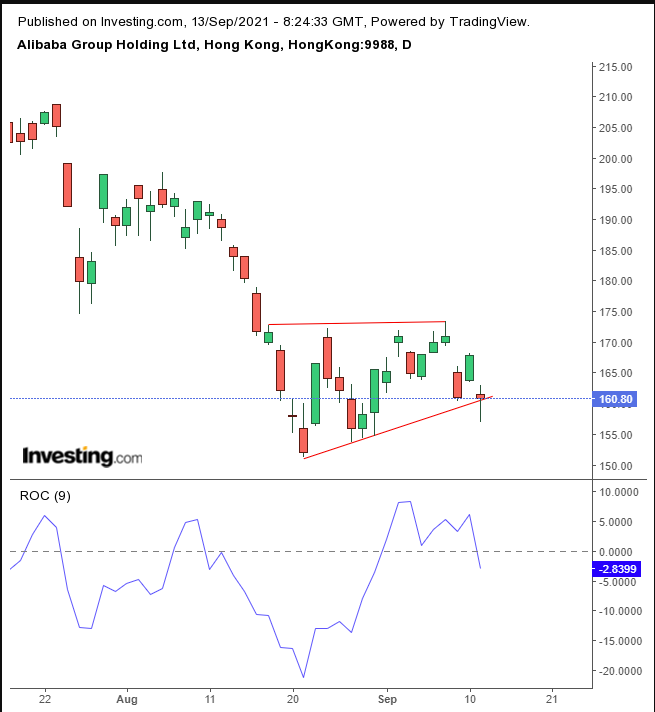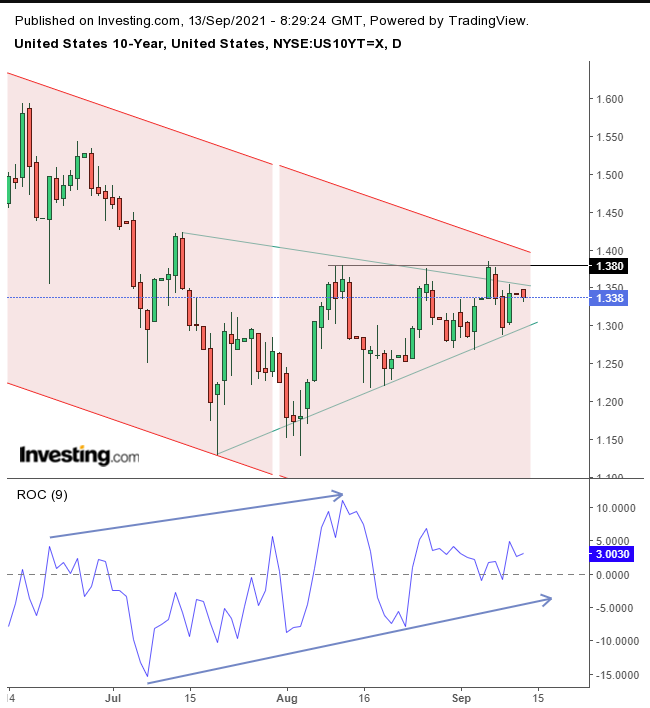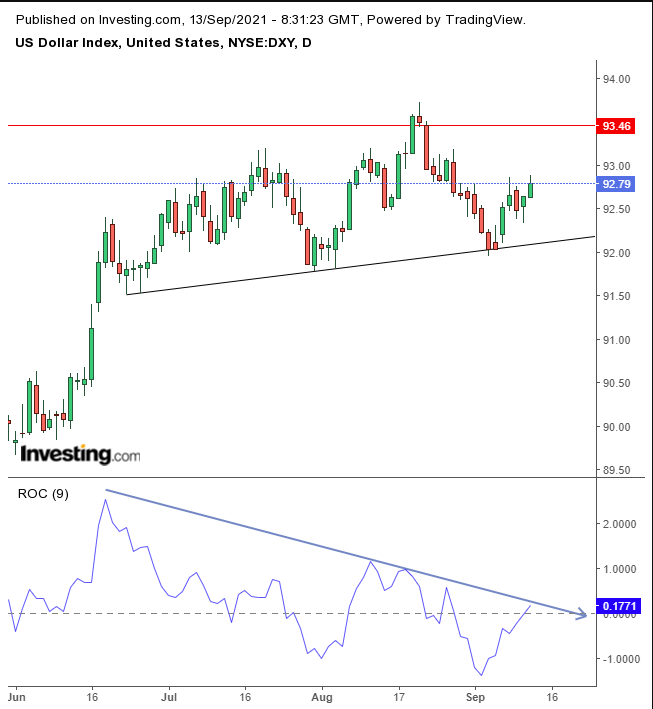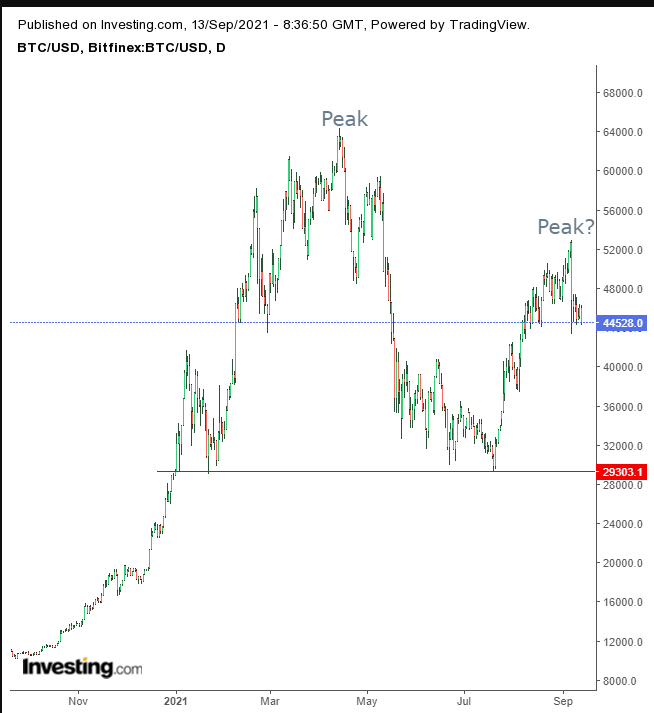- US CPI may provide clues about policymakers’ intentions
- Aluminum jumps to $3,000
- Bitcoin falters further
Key Events
European shares as well as futures on the Dow, S&P, NASDAQ and Russell 2000 rallied in trading on Monday ahead of key US inflation figures which are due for release on Tuesday. The announcement may offer further clues about the US Federal Reserve’s plans to pare its asset purchasing program, as well as the inevitable path to higher interest rates.
Treasury yields and the dollar are in a holding pattern as traders await the data which my be a catalyst for another move, like nonfarm payrolls were earlier in the month.
Global Financial Affairs
This morning US futures were all in the green. Contracts on the Russell 2000 led the advance, doubling gains seen for NASDAQ 100 futures, which lagged.
Europe's STOXX 600 Index rose with energy firms, tracking a rally in oil. Industrial metals advanced amid ongoing supply complications, and aluminum hit $3,000 for the first time in 13 years.
Monday's Asian session was volatile, with most regional stocks initially down amid ongoing regulatory clampdowns in China and Japan’s wholesale inflation reaching a 13-year high (matching aluminum in that way), which is expected to spill over to retail prices. So, high US price inflation, which was partly the reason for last week’s dramatic slide, is now appearing in Japan too.
While China’s Shanghai Composite rose 0.3% to a six-year high, Hong Kong’s Hang Seng underperformed the region, sliding 1.5%. The financial hub’s index was weighed down by a 4.2% selloff of Alibaba's (HK:9988) stock, which reached a 6.5% loss at its lowest. Investors dumped the stock after a Financial Times report said Beijing aimed to dismantle Ant Group’s Alipay.

The price was saved from completing a bearish flag. However, if the momentum-sensitive ROC is to be believed, the flag will provide a downside breakout, suggesting a continued selloff.
Electric vehicle companies also slumped after China’s industry minister noted the sector needs a consolidation, owning to “too many” EV makers in the country."
A major selloff not related to regulations was seen in Soho China (HK:0410), a property developer. The stock tanked nearly 35% after a $3 billion takeover deal by Blackstone (NYSE:BX) didn’t materialize, disappointing investors.
Yields on the 10-year Treasury note edged lower, as traders probably adjusted portfolios ahead of the US data release tomorrow.

The Rate of Change provides a positive divergence to the price, suggesting yields may rise, as Treasuries could be sold off.
The dollar advanced for a second day.

In a mirror image to yields, which possess a negative correlation to dollar-based Treasuries, the ROC provided a negative divergence to the dollar. This is noteworthy, as the greenback develops a potential H&S top, below the neckline of what could be a double-bottom since November.
Possessing a negative correlation to its base currency, gold slid as commodity traders await this week's economic data.

However, the precious metal may be forming a H&S bottom, which could help it complete a larger, double-bottom—as the dollar’s double-bottom would presumably fizzle at the interim. The ROC suggests this scenario will follow through, for now.
Bitcoin fell to its lowest level since early August as the volatility in the asset class continues.

Last week’s crash may have posted a second, lower peak, setting up for a downtrend.
Oil advanced as the US has been slow to resume supply after key production installations on the Gulf Coast were hit by Hurricane Ida.

The price completed a bullish pennant, which helped it break through its falling channel, a bullish move, upon a close. Note the larger H&S bottom in the making.
Up Ahead
- Apple is hosting its annual product-launch event on Tuesday.
- Late Tuesday in the US, China releases industrial production figures.
- On Wednesday, Canada publishes CPI figures.
Market Moves
Stocks
- The STOXX 600 rose 0.4% as of 8:43
- Futures on the S&P 500 rose 0.5%
- Futures on the NASDAQ 100 rose 0.3%
- Futures on the Dow Jones Industrial Average rose 0.5%
- The MSCI Asia Pacific Index fell 0.6%
- The MSCI Emerging Markets Index fell 0.8%
Currencies
- The Dollar Index rose 0.2%
- The euro fell 0.2% to $1.1785
- The Japanese yen fell 0.1% to 110.10 per dollar
- The offshore yuan fell 0.1% to 6.4518 per dollar
- The British pound fell 0.2% to $1.3816
Bonds
- The yield on 10-year Treasuries edged lower to 1.33%
- Germany’s 10-year yield was little changed at -0.33%
- Britain’s 10-year yield was little changed at 0.75%
Commodities
- WTI advanced 1% to $70.40
- Brent crude rose 0.7% to $73.40 a barrel
- Spot gold was little changed
